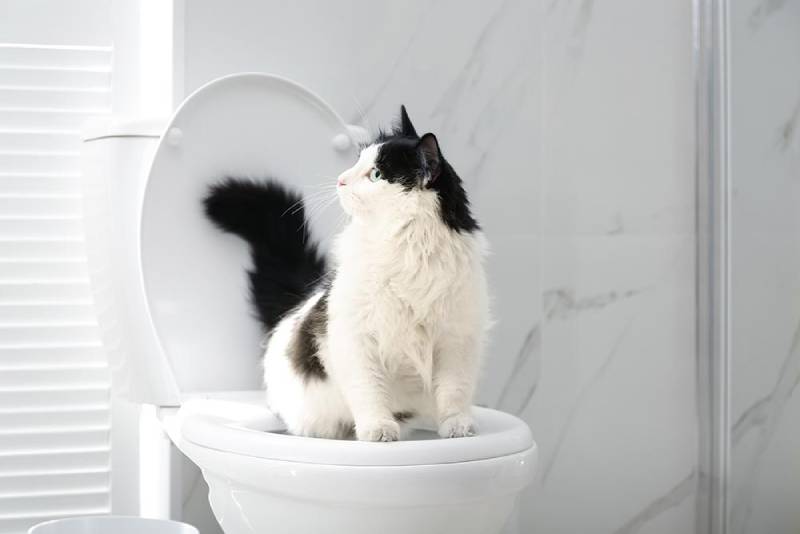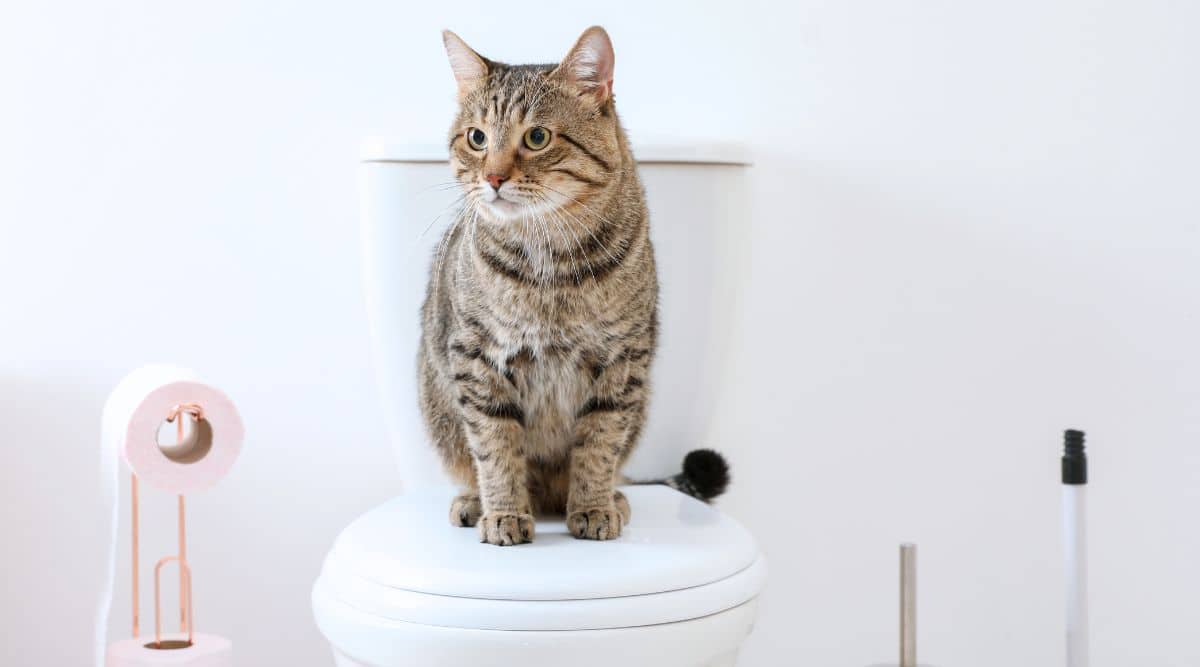Avoid Clogs and Damage: Never Flush Cat Poop Down Your Toilet - Expert Recommendations
Avoid Clogs and Damage: Never Flush Cat Poop Down Your Toilet - Expert Recommendations
Blog Article
Everybody has got their own individual thinking in relation to How to Dispose of Cat Poop and Litter Without Plastic Bags.

Introduction
As feline proprietors, it's essential to bear in mind just how we deal with our feline pals' waste. While it might appear convenient to purge cat poop down the commode, this method can have damaging effects for both the setting and human health and wellness.
Alternatives to Flushing
Thankfully, there are much safer and a lot more liable ways to deal with cat poop. Consider the complying with alternatives:
1. Scoop and Dispose in Trash
One of the most typical method of getting rid of cat poop is to scoop it right into a biodegradable bag and toss it in the garbage. Be sure to make use of a specialized clutter scoop and deal with the waste quickly.
2. Use Biodegradable Litter
Select biodegradable feline litter made from materials such as corn or wheat. These clutters are environmentally friendly and can be safely gotten rid of in the garbage.
3. Bury in the Yard
If you have a backyard, think about burying feline waste in an assigned location far from veggie yards and water resources. Make certain to dig deep adequate to avoid contamination of groundwater.
4. Install a Pet Waste Disposal System
Invest in a pet garbage disposal system specifically developed for cat waste. These systems use enzymes to break down the waste, decreasing smell and environmental influence.
Wellness Risks
In addition to environmental problems, flushing feline waste can additionally pose health and wellness risks to people. Pet cat feces may contain Toxoplasma gondii, a bloodsucker that can trigger toxoplasmosis-- a possibly extreme ailment, specifically for expectant women and individuals with damaged immune systems.
Ecological Impact
Flushing cat poop introduces unsafe microorganisms and bloodsuckers right into the water supply, posturing a substantial danger to marine communities. These impurities can adversely affect marine life and compromise water top quality.
Conclusion
Accountable pet possession expands beyond giving food and shelter-- it also entails proper waste monitoring. By avoiding purging cat poop down the commode and opting for different disposal approaches, we can lessen our environmental footprint and secure human wellness.
Why You Should Never Flush Cat Poop Down the Toilet
A rose by any other name might smell as sweet, but not all poop is created equal. Toilets, and our sewage systems, are designed for human excrement, not animal waste. It might seem like it couldn’t hurt to toss cat feces into the loo, but it’s not a good idea to flush cat poop in the toilet.
First and foremost, assuming your cat uses a litter box, any waste is going to have litter on it. And even the smallest amount of litter can wreak havoc on plumbing.
Over time, small amounts build up, filling up your septic system. Most litter sold today is clumping; it is made from a type of clay that hardens when it gets wet. Ever tried to scrape old clumps from the bottom of a litter box? You know just how cement-hard it can get!
Now imagine just a small clump of that stuck in your pipes. A simple de-clogger like Drano isn’t going to cut it. And that means it’s going to cost you big time to fix it.
Parasitic Contamination
Believe it or not, your healthy kitty may be harboring a nasty parasite. Only cats excrete Toxoplasma in their feces. Yet it rarely causes serious health issues in the cats that are infected. Most people will be fine too if infected. Only pregnant women and people with compromised immune systems are at risk. (If you’ve ever heard how women who are expecting are excused from litter cleaning duty, Toxoplasma is why.)
But other animals may have a problem if infected with the parasite. And human water treatment systems aren’t designed to handle it. As a result, the systems don’t remove the parasite before discharging wastewater into local waterways. Fish, shellfish, and other marine life — otters in particular — are susceptible to toxoplasma. If exposed, most will end up with brain damage and many will die.
Depending on the species of fish, they may end up on someone’s fish hook and, ultimately on someone’s dinner plate. If that someone has a chronic illness, they’re at risk.
Skip the Toilet Training
We know there are folks out there who like to toilet train their cats. And we give them props, it takes a lot of work. But thanks to the toxoplasma, it’s not a good idea.

As a reader on How to Dispose of Cat Poop and Litter Without Plastic Bags, I figured sharing that information was a good thing. Kindly take the opportunity to share this post if you enjoyed it. Thanks a lot for going through it.
Call Today Report this page